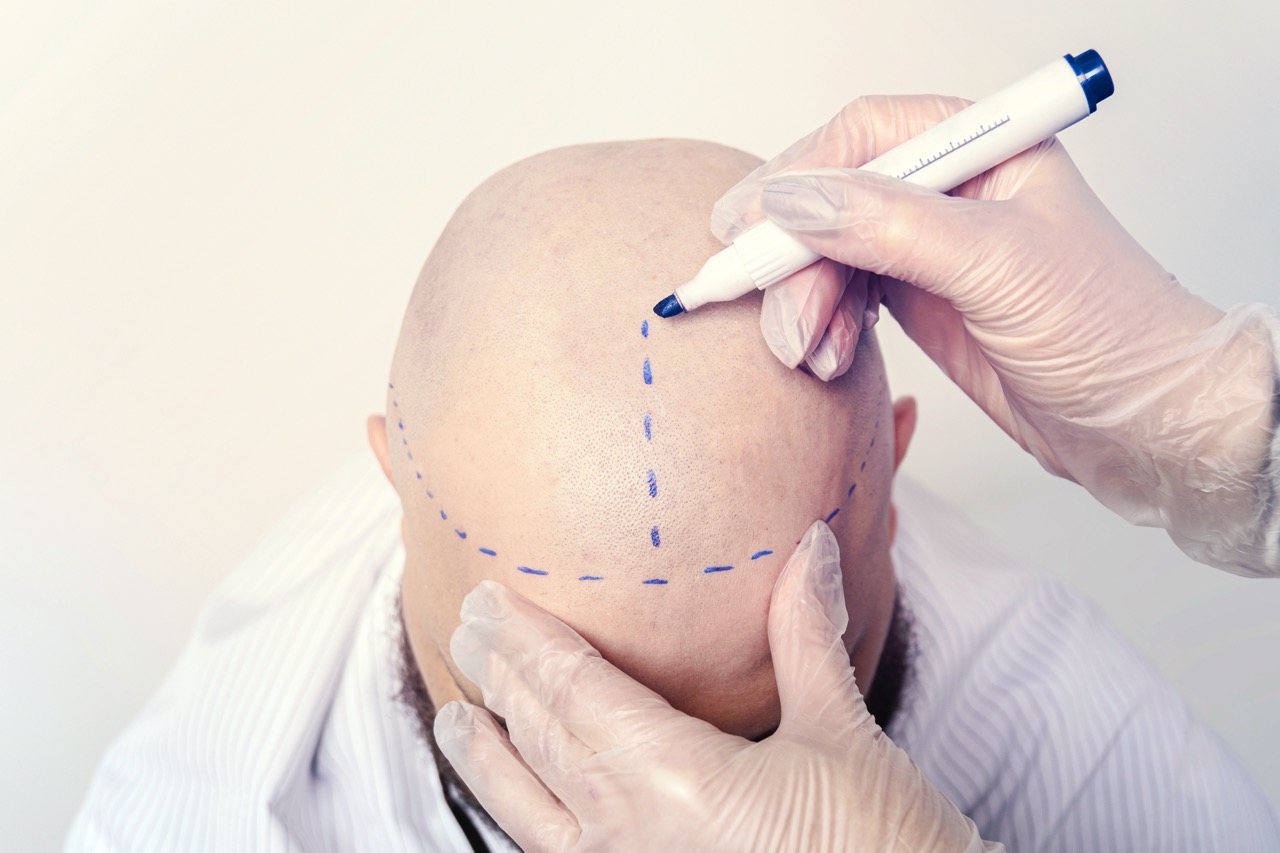FUE vs. DHI: Which Hair Transplant Technique Is Right for You?
Hair transplantation has evolved significantly over the years, with new techniques offering improved outcomes and a more natural appearance. Among the most popular methods today are Follicular Unit Extraction (FUE) and Direct Hair Implantation (DHI). While both are minimally invasive and highly effective, they have distinct approaches and benefits. If you’re considering a hair transplant, understanding the differences between these two techniques will help you make an informed decision about which one is best for your needs.
What is FUE?
FUE, or Follicular Unit Extraction, is a method where individual hair follicles are removed from the donor area—usually the back or sides of the scalp—using a small punch tool. These follicles are then transplanted into the recipient area, where hair has thinned or receded. FUE is known for its minimally invasive nature, quick recovery time, and natural-looking results.
Key Benefits of FUE:
Minimized Scarring:
- FUE leaves tiny dot-like scars that are often virtually undetectable once healed.
Shorter Recovery:
- Patients typically experience less downtime compared to older “strip” methods.
Versatile Hair Harvesting:
- FUE can be used not only on the scalp but also on other areas, such as the beard or eyebrows.
Ideal for Short Hairstyles:
- With no linear scar, FUE is a great option for individuals who prefer wearing their hair short.
What is DHI?
DHI, or Direct Hair Implantation, is a more recent advancement in hair transplant technology. It builds on the FUE method but introduces a specialized implantation process. After extracting the follicles, DHI uses a proprietary tool—often referred to as a Choi implanter pen—to place the grafts directly into the recipient area without creating pre-made incisions. This one-step implantation process allows for more precise control over the angle, direction, and depth of each hair.
Key Benefits of DHI:
Precision in Placement:
- The Choi pen allows surgeons to ensure each follicle is placed at the correct angle and direction, contributing to a more natural appearance.
Reduced Handling of Grafts:
- Because the grafts are implanted immediately after extraction, they spend less time outside the body, potentially increasing their survival rate.
Faster Healing:
- The streamlined process may result in quicker recovery times and less post-procedure discomfort.
Natural-Looking Hairlines:
- DHI is particularly effective for creating highly refined and natural-looking hairlines.
Comparing FUE and DHI
When deciding between FUE and DHI, it’s important to consider several factors, including your hair loss pattern, lifestyle, and personal preferences. Here’s a breakdown of how the two methods stack up:
| Aspect | FUE | DHI |
|---|---|---|
| Scarring | Tiny dot scars, usually not visible once healed | Similar minimal scarring |
| Graft Survival | High survival rates, though dependent on surgeon skill | May have slightly higher survival rates due to reduced handling |
| Hairline Creation | Effective, though dependent on the surgeon’s technique | Extremely precise, with enhanced control over angle, depth, and direction |
| Procedure Duration | Shorter overall session time compared to DHI | Often longer due to the detailed implantation process |
| Cost | Typically less expensive | Usually more expensive due to the specialized equipment and additional precision |
| Recovery Time | Quick recovery, with minimal downtime | Also quick, with potential for slightly faster healing |
Which Technique is Right for You?
The choice between FUE and DHI depends on your specific goals, budget, and hair restoration needs. Here are some factors to consider:
Desired Hairline Precision:
- If you want the most natural-looking, detailed hairline, DHI may be the better choice.
Budget Considerations:
- FUE tends to be more cost-effective, making it a good option if you’re on a tighter budget.
Time and Convenience:
- If you’re looking for a slightly faster procedure and recovery time, FUE might be the right fit.
Extent of Hair Loss:
- For smaller areas, DHI can offer exceptional refinement. For larger areas, FUE might be more practical in terms of cost and efficiency.
Lifestyle and Hairstyle Preferences:
- If you frequently wear your hair short and are concerned about visible scars, both techniques are good choices, but FUE’s minimal scarring can be particularly advantageous.
Conclusion
Both FUE and DHI are excellent methods for hair restoration, each with its own set of advantages. FUE is a tried-and-true technique offering natural results with minimal downtime, while DHI provides advanced precision and control, especially for hairline design. By consulting with an experienced hair transplant surgeon, you can determine which method best suits your hair loss pattern, personal goals, and budget.
 English
English














